
Rabbit Anti-CACNA1G + CACNA1H antibody
Cav3.1c; T-type Ca++ CP α1H; Low voltage activated calcium channel alpha1 3.2 subunit; NBR13; Voltage dependent T type calcium channel subunit alpha 1G; Voltage dependent T type calcium channel subunit alpha 1H; Voltage gated calcium channel subunit alpha
View History [Clear]
Details
Product Name CACNA1G + CACNA1H Chinese Name 电压依赖性钙通道CACNA1G+CACNA1H抗体 Alias Cav3.1c; T-type Ca++ CP α1H; Low voltage activated calcium channel alpha1 3.2 subunit; NBR13; Voltage dependent T type calcium channel subunit alpha 1G; Voltage dependent T type calcium channel subunit alpha 1H; Voltage gated calcium channel subunit alpha Cav3.1; Voltage gated calcium channel subunit alpha Cav3.2; CAC1G_HUMAN; CAC1H_HUMAN. Research Area Cell biology Signal transduction Channel protein The cell membrane蛋白 Immunogen Species Rabbit Clonality Polyclonal React Species Human, Mouse, Rat, (predicted: Dog, Cow, ) Applications WB=1:500-2000 ELISA=1:5000-10000 IHC-P=1:100-500 IHC-F=1:100-500 ICC=1:100-500 IF=1:100-500 (Paraffin sections need antigen repair)
not yet tested in other applications.
optimal dilutions/concentrations should be determined by the end user.Theoretical molecular weight 262kDa Cellular localization The cell membrane Form Liquid Concentration 1mg/ml immunogen KLH conjugated synthetic peptide derived from human CACNA1G + CACNA1H: 311-420/2377 <Extracellular> Lsotype IgG Purification affinity purified by Protein A Buffer Solution 0.01M TBS(pH7.4) with 1% BSA, 0.03% Proclin300 and 50% Glycerol. Storage Shipped at 4℃. Store at -20 °C for one year. Avoid repeated freeze/thaw cycles. Attention This product as supplied is intended for research use only, not for use in human, therapeutic or diagnostic applications. PubMed PubMed Product Detail Voltage-sensitive calcium channels (VSCC) mediate the entry of calcium ions into excitable cells and are also involved in a variety of calcium-dependent processes, including muscle contraction, hormone or neurotransmitter release, gene expression, cell motility, cell division and cell death. The isoform alpha-1G gives rise to T-type calcium currents. T-type calcium channels belong to the "low-voltage activated (LVA)" group and are strongly blocked by mibefradil. A particularity of this type of channels is an opening at quite negative potentials and a voltage-dependent inactivation. T-type channels serve pacemaking functions in both central neurons and cardiac nodal cells and support calcium signaling in secretory cells and vascular smooth muscle. They may also be involved in the modulation of firing patterns of neurons which is important for information processing as well as in cell growth processes. There are 2 isoforms of CACNA1H and 14 isoforms if CACNA1G, produced by alternative splicing.
Function:
Voltage-sensitive calcium channels (VSCC) mediate the entry of calcium ions into excitable cells and are also involved in a variety of calcium-dependent processes, including muscle contraction, hormone or neurotransmitter release, gene expression, cell motility, cell division and cell death. The isoform alpha-1G gives rise to T-type calcium currents. T-type calcium channels belong to the 'low-voltage activated (LVA)' group and are strongly blocked by mibefradil. A particularity of this type of channels is an opening at quite negative potentials and a voltage-dependent inactivation. T-type channels serve pacemaking functions in both central neurons and cardiac nodal cells and support calcium signaling in secretory cells and vascular smooth muscle. They may also be involved in the modulation of firing patterns of neurons which is important for information processing as well as in cell growth processes.
Subcellular Location:
Membrane; Multi-pass membrane protein.
Tissue Specificity:
Highly expressed in brain, in particular in the amygdala, subthalamic nuclei, cerebellum and thalamus. Moderate expression in heart; low expression in placenta, kidney and lung. Also expressed in colon and bone marrow and in tumoral cells to a lesser extent. Highly expressed in fetal brain, but also in peripheral fetal tissues as heart, kidney and lung, suggesting a developmentally regulated expression.
Post-translational modifications:
In response to raising of intracellular calcium, the T-type channels are activated by CaM-kinase II.
Similarity:
Belongs to the calcium channel alpha-1 subunit (TC 1.A.1.11) family. CACNA1G subfamily.
SWISS:
O43497
Gene ID:
8913
Database links:CACNA1G:
Entrez Gene: 8913 Human
Entrez Gene: 12291 Mouse
Omim: 604065 Human
SwissProt: O43497 Human
Unigene: 29585 Mouse
Unigene: 86960 Rat
CACNA1H:
Entrez Gene: 8912 Human
Omim: 607904 Human
SwissProt: O95180 Human
Unigene: 459642 Human
Product Picture
Bought notes(bought amounts latest0)
No one bought this product
User Comment(Total0User Comment Num)
- No comment
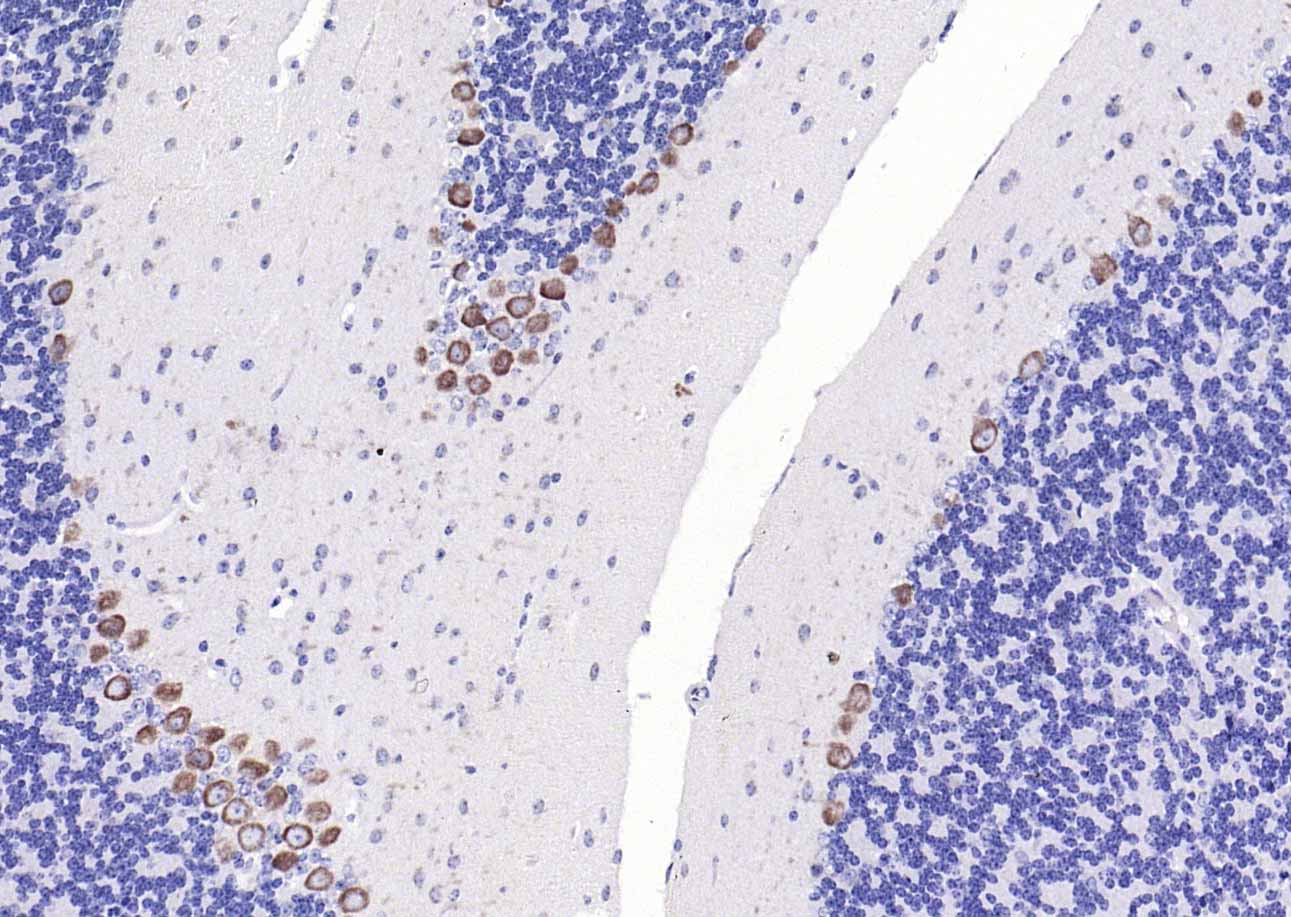
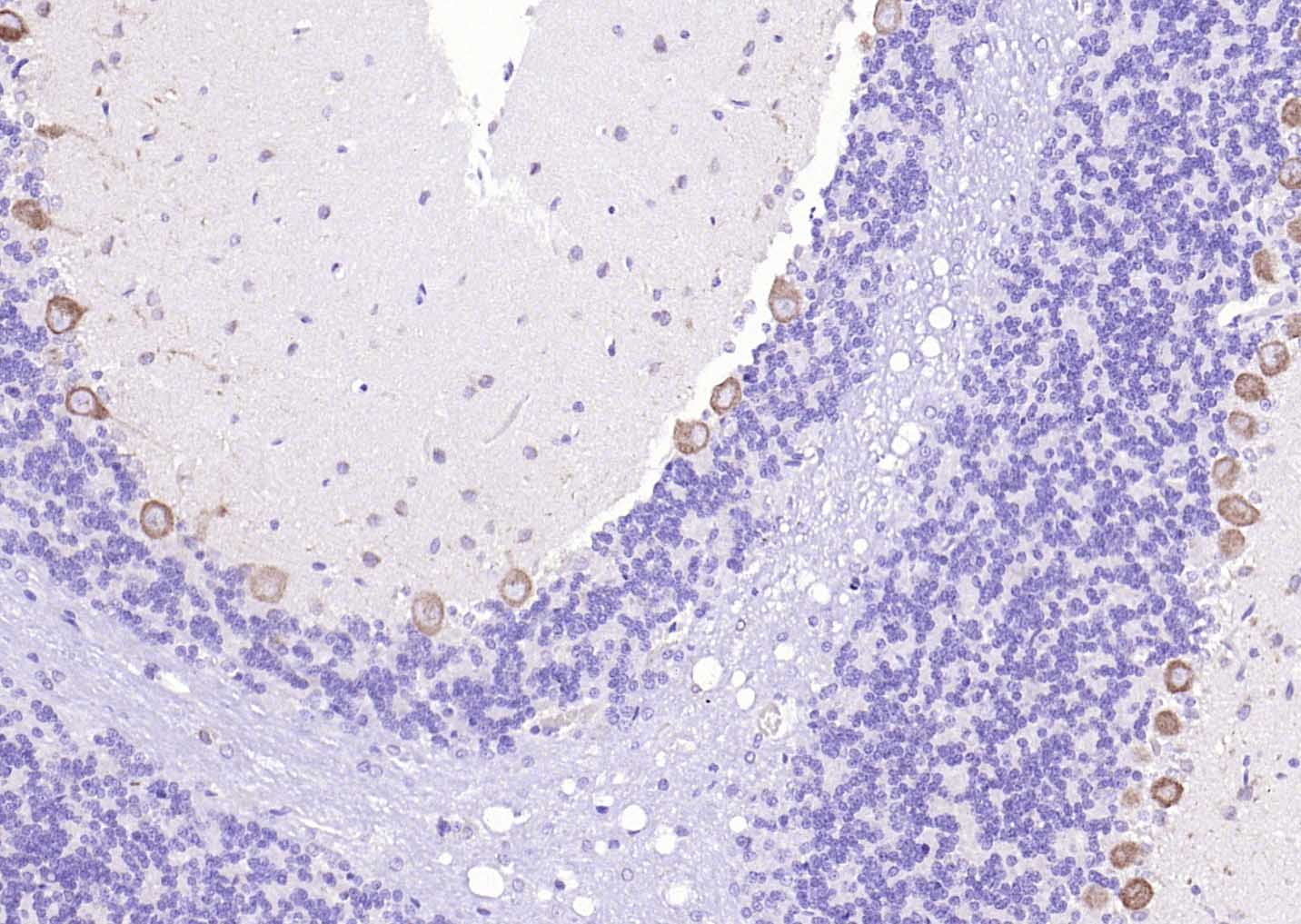
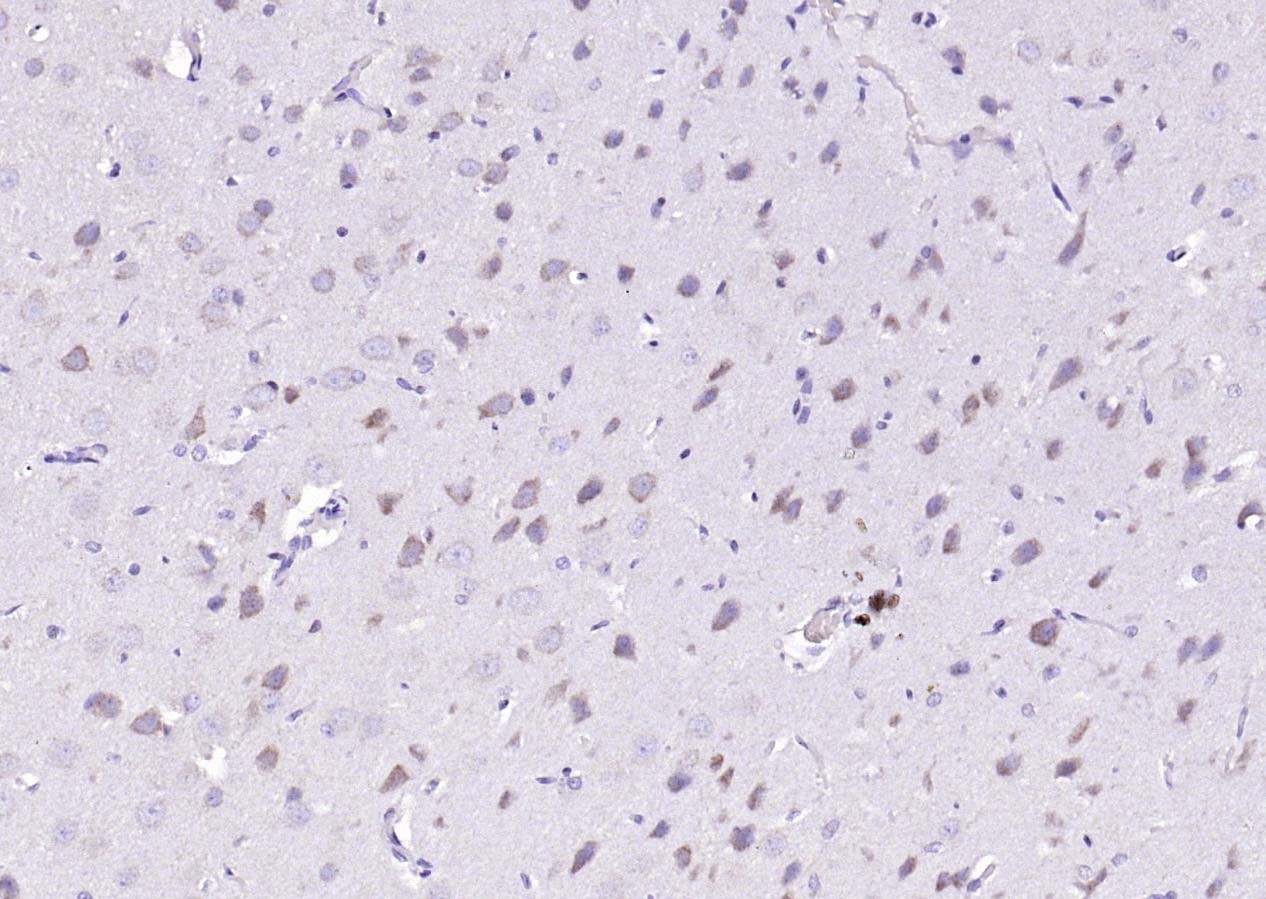
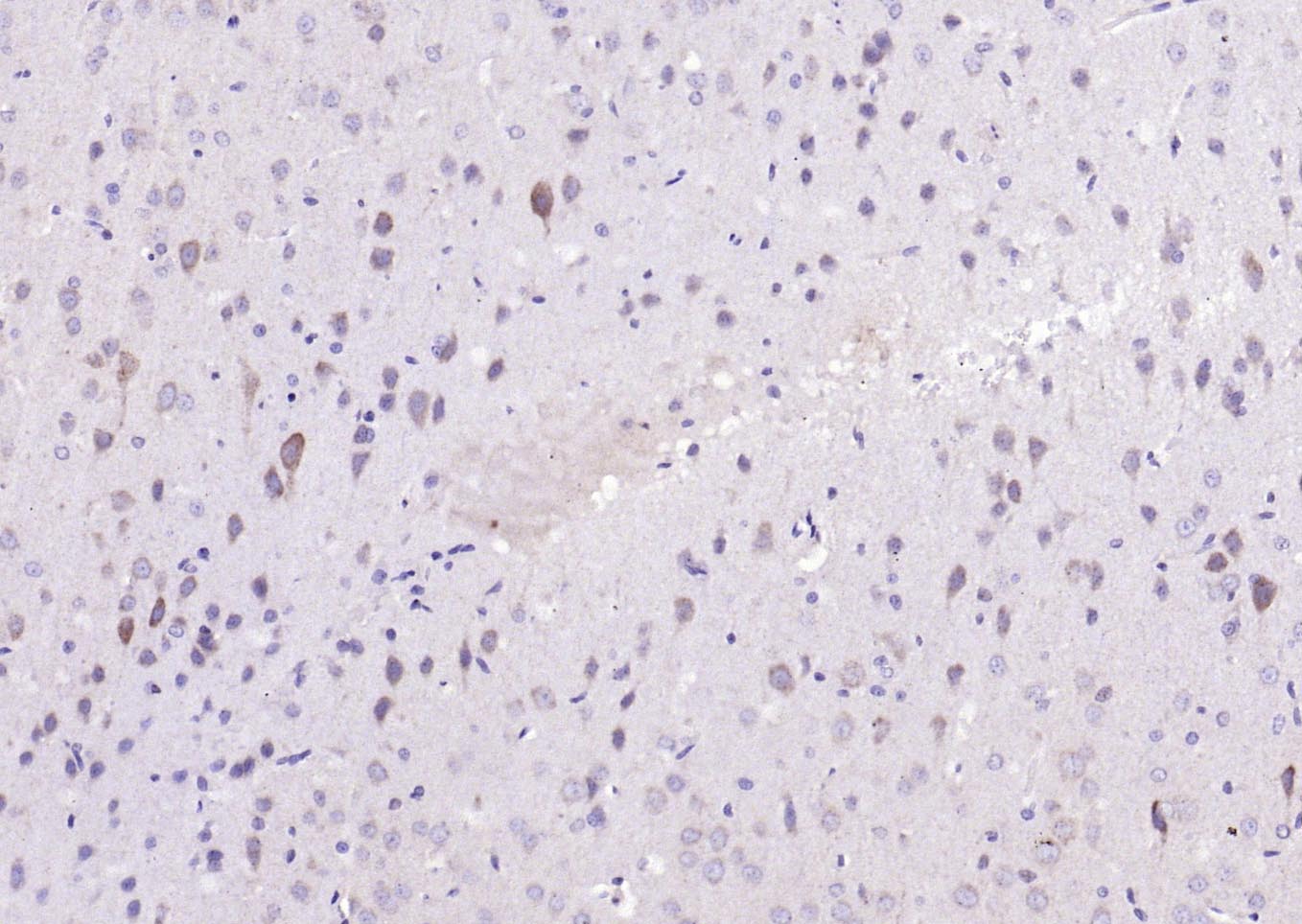
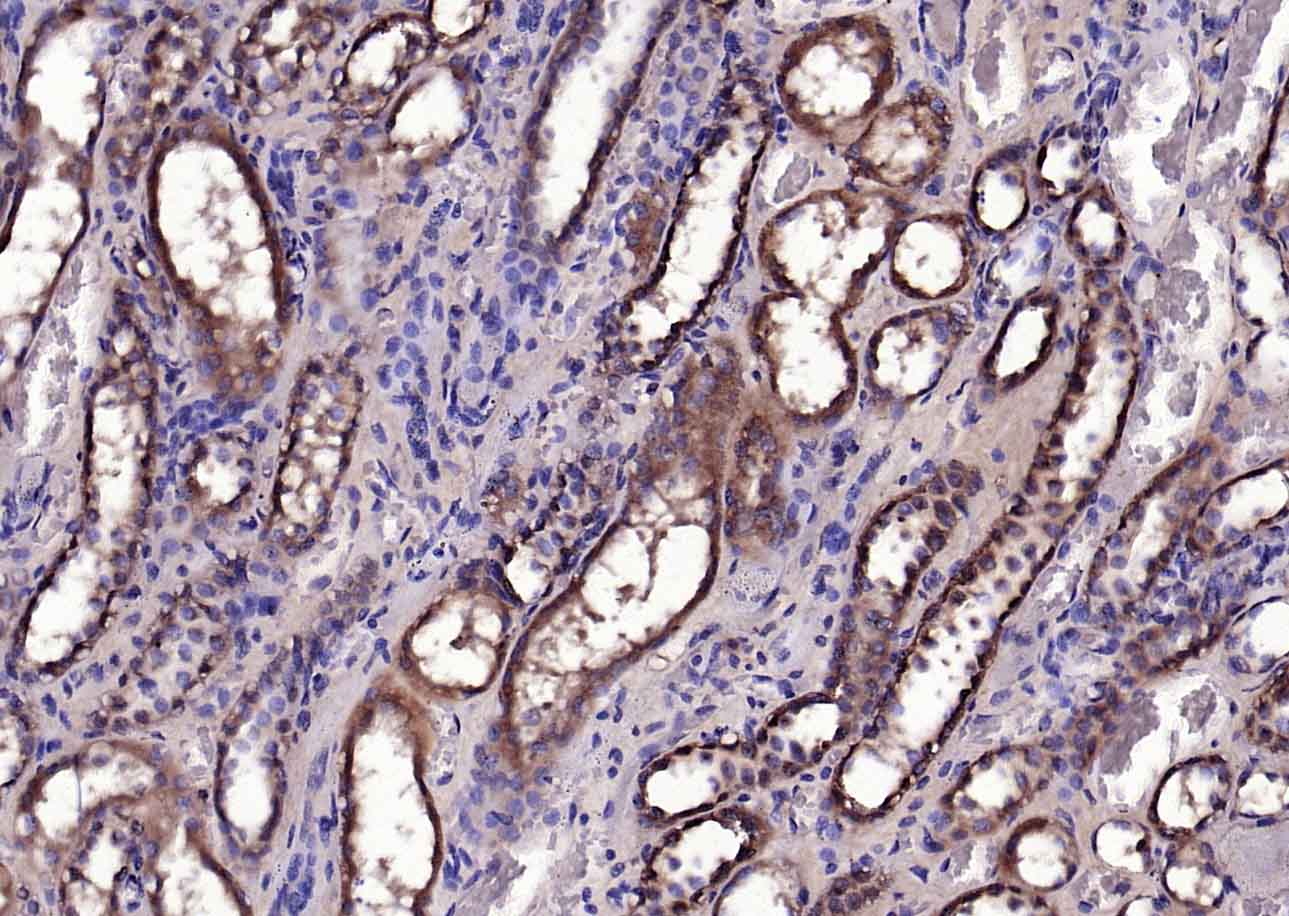
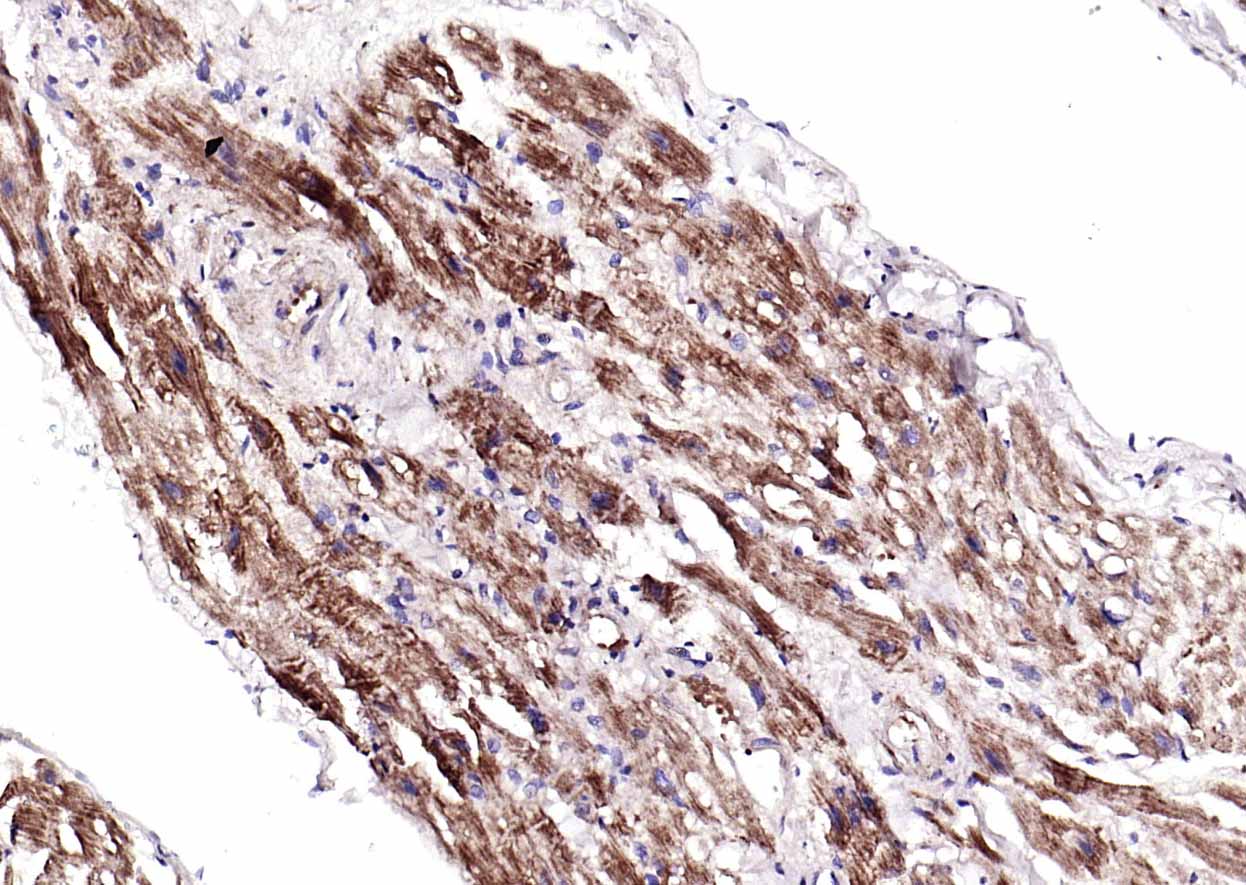
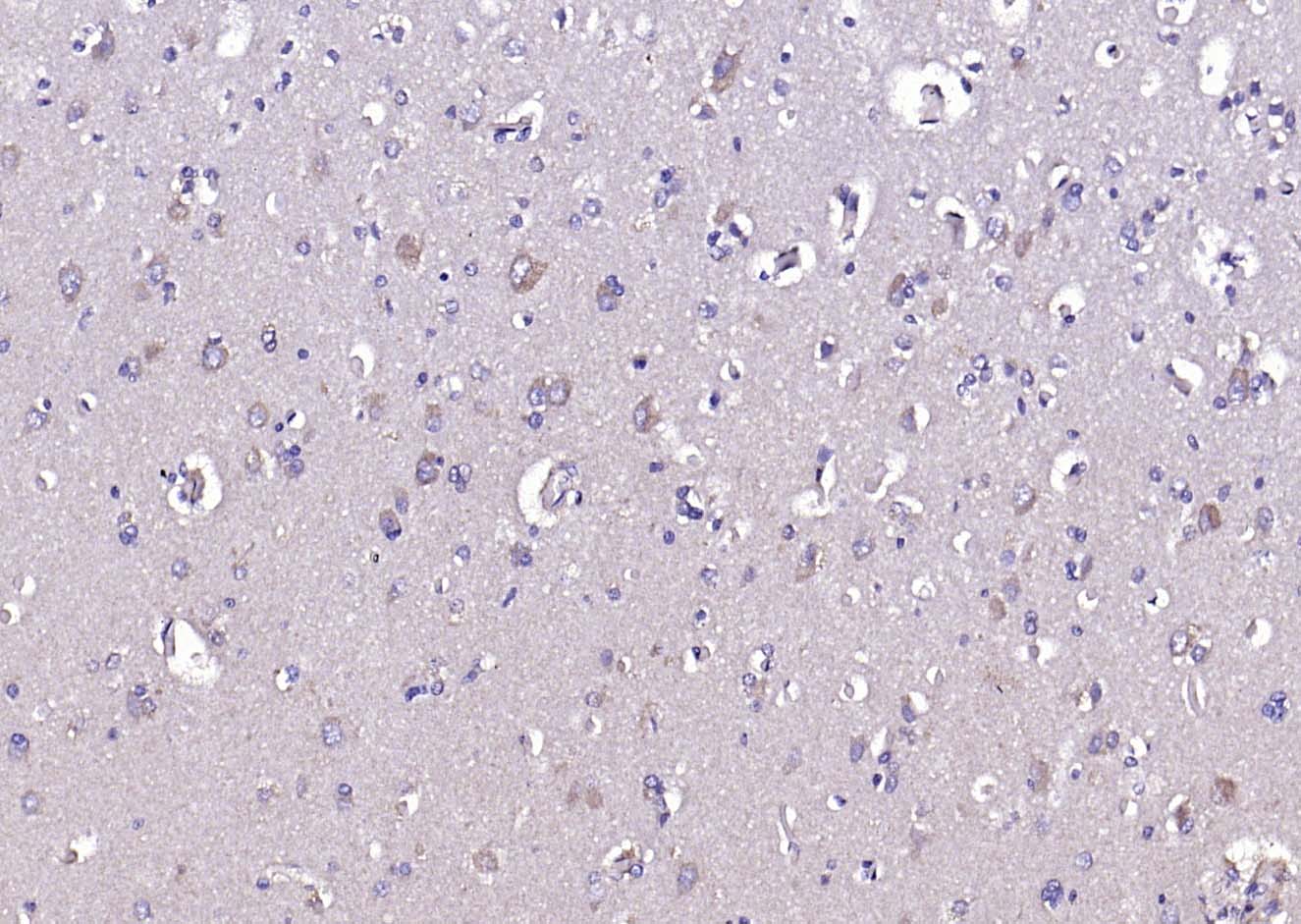


 +86 571 56623320
+86 571 56623320
 +86 18668110335
+86 18668110335

